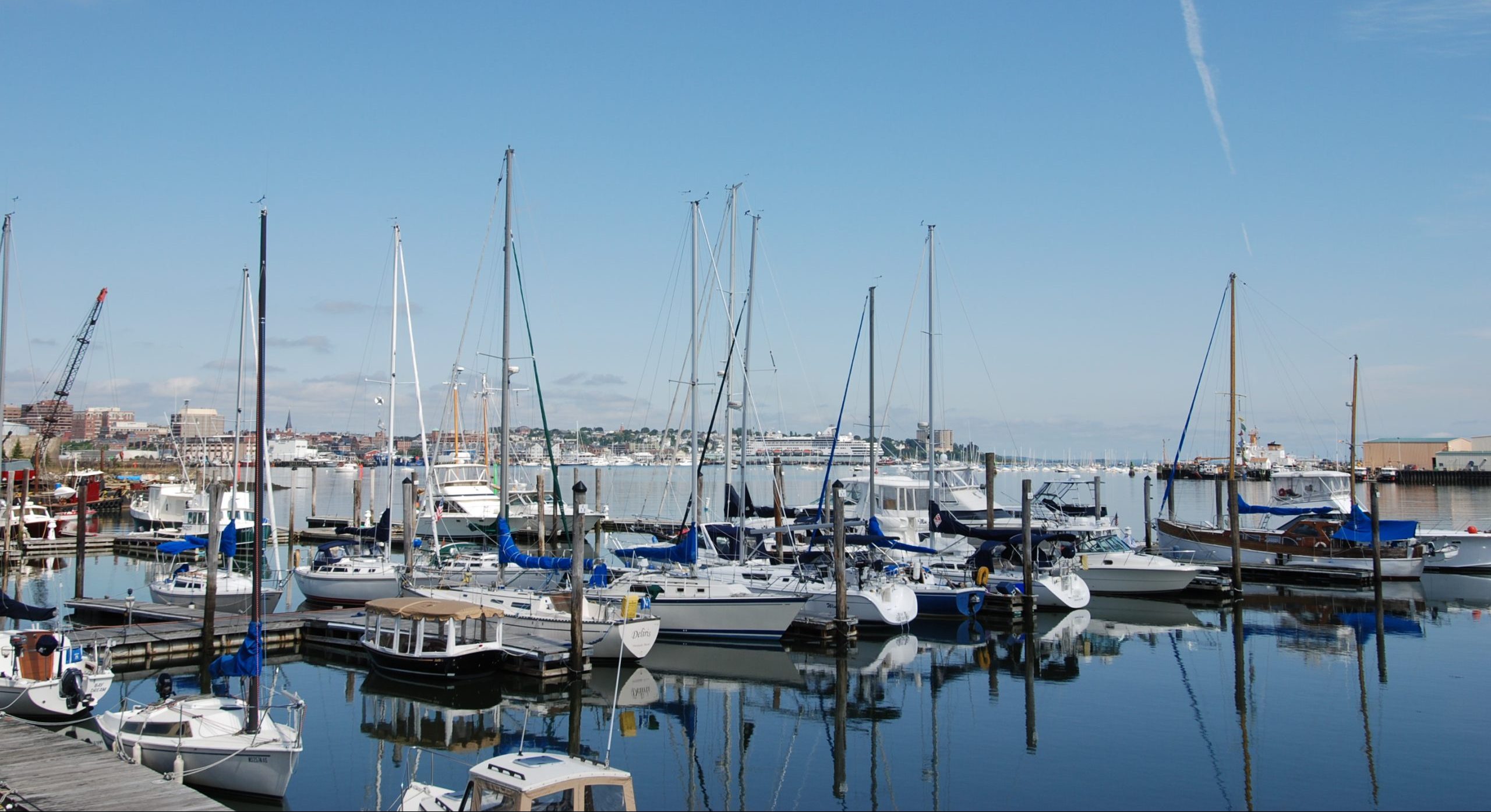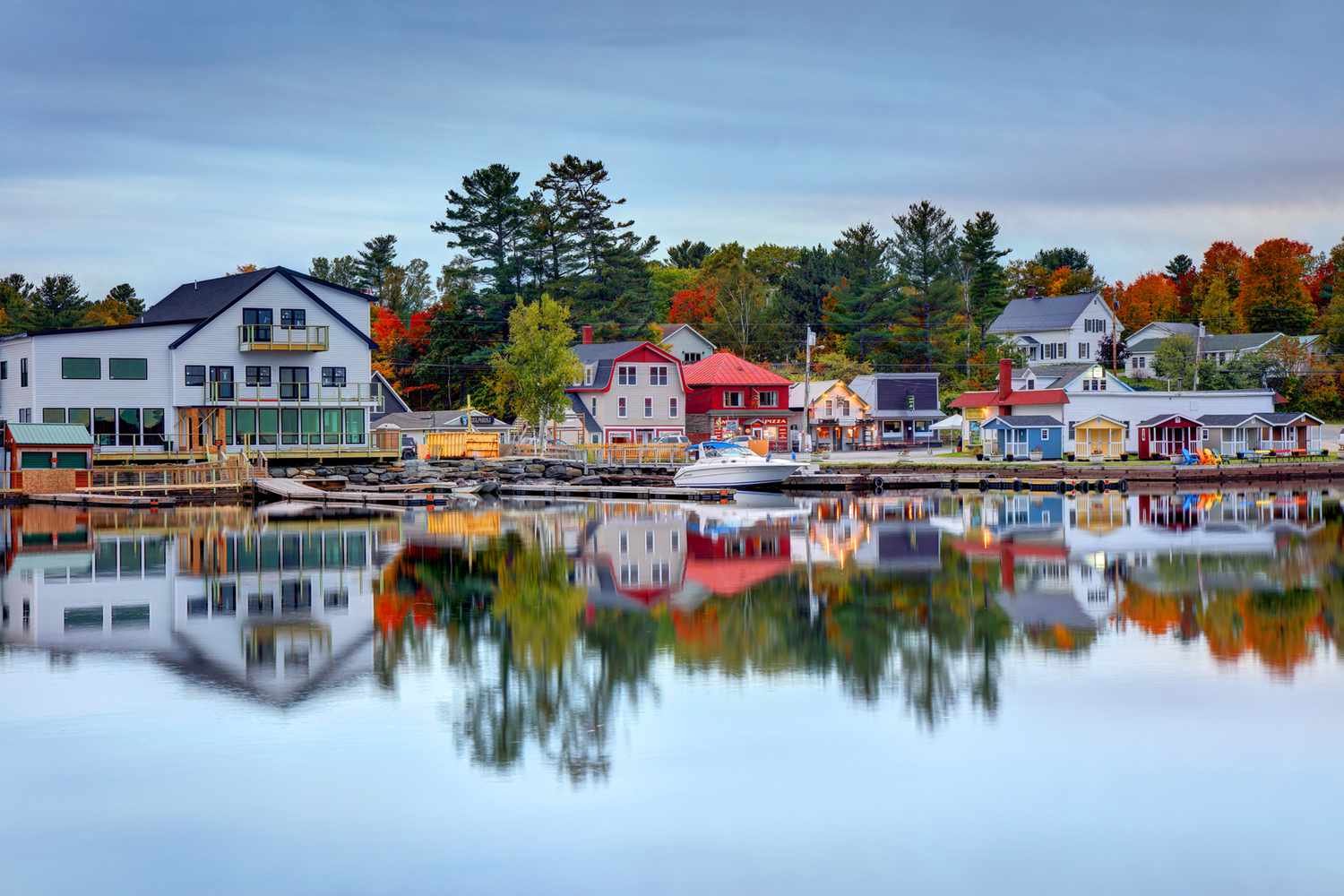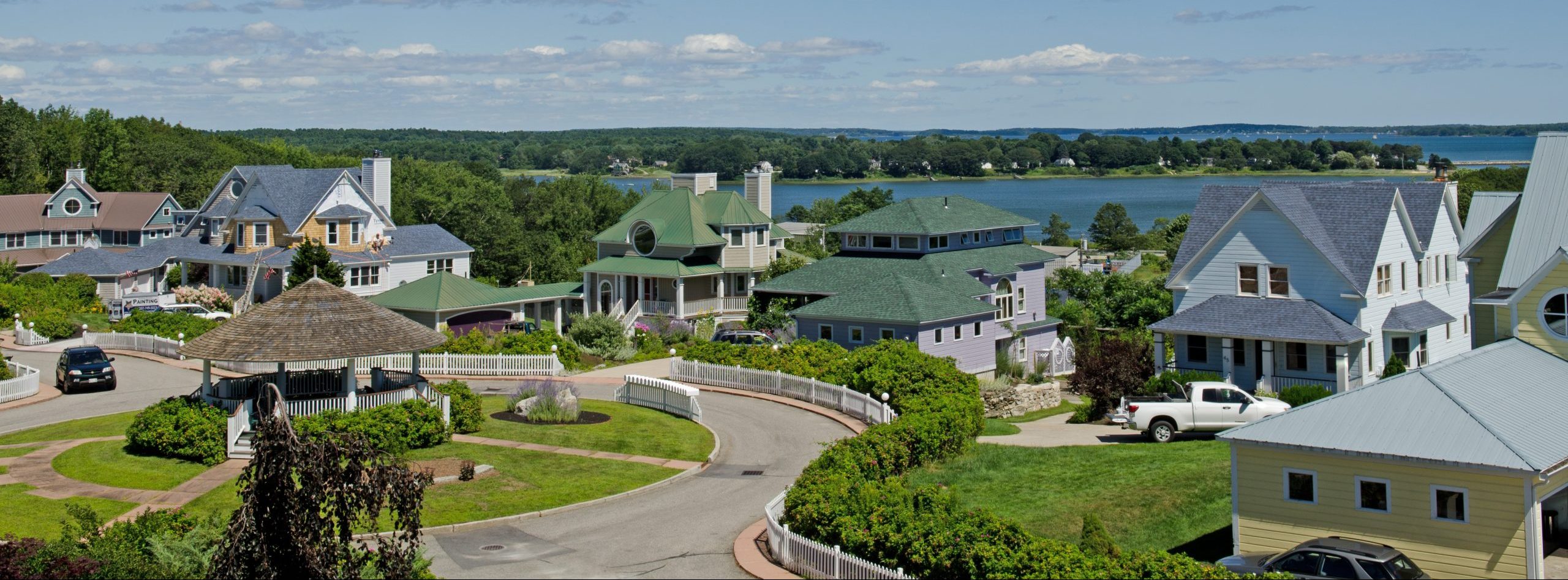Green Home Glossary
Breaking down what green means
Breaking down what green means
We understand the science and terminology related to sustainable homes can be overwhelming at times. To help, please check out our green term cheat sheet below, originally created by the Green Resource Council.
Systems that collect and absorb solar radiation, then transfer the solar heat directly to the interior space or to a storage system, from which the heat is distributed. There are two types of systems: liquid-based systems and air-based systems. If a system cannot provide adequate space heating, an auxiliary or back-up system provides the additional heat. Both air and liquid systems can supplement forced air systems.
A solar electric (photovoltaic or “PV”) system, not passive solar design, that converts the sun’s energy into electricity for the home. It is usually done with PV panels installed on the roof.
A test that measures the air tightness of a building.
The most prevalent of the greenhouse gases. Emitted by burning fossil fuels. Naturally occurring from sources such as human and animal respiration, ocean-atmosphere exchange, and volcanic eruptions.
Plant fiber that is used in wall and roof cavities to separate the inside and outside of the building thermally and acoustically. Typical materials used to manufacture the product include old newspapers, and telephone directories and borates and ammonium sulfate are included to retard fire and pests. Four major types of loose-fill cellulose products have been developed under a variety of brand names and are generally characterized as dry cellulose, spray applied cellulose, stabilized cellulose and low dust cellulose.
Double or triple pane glass windows often contain argon, krypton, or other gases between panes to reduce heat flow and improve insulation.
Toilets with two buttons for two flush options, one for liquid and another for solid waste. The button for liquid waste uses less water per flush.
Products that use less energy than conventional models. The ENERGY STAR® label is a credible third-party certification of a product’s energy efficiency. Consumers can also refer to the FTC’s Energy Guide label, a yellow label affixed to most appliances today.
Clothes washers, dishwashers, refrigerators, freezers, water heaters, window air conditioners, central air conditioners, furnaces, boilers, heat pumps, and pool heaters can get the label. Televisions, ranges, ovens, clothes dryers, humidifiers, and dehumidifiers do not receive such labels.
Products that use less energy than conventional models. The ENERGY STAR® label is a credible third-party certification of a product’s energy efficiency. Consumers can also refer to the FTC’s Energy Guide label, a yellow label affixed to most appliances today.
A mechanical ventilation component of the HVAC system that draws in fresh air rather than recirculating and filtering air within a home.
A scoring system established by the Residential Energy Services Network (RESNET). Homes built to the specifications of the HERS Reference Home (based on the 2006 International Energy Conservation Code) scores a HERS Index of 100, while a net zero energy home scores a HERS Index of 0. Each 1-point decrease in the HERS Index corresponds to a 1% reduction in energy consumption compared to the HERS Reference Home. Thus, a home with a HERS Index of 85 is 15% more energy efficient than the HERS Reference Home, and a home with a HERS Index of 80 is 20% more energy efficient.
A measurement of the overall cleanliness of the air within a building or home. The EPA has a builder program called Indoor airPLUS.
A type of design which takes maximum advantage of the sun’s energy to help warm the home in winter and helps to redirect or block that energy to reduce cooling needs in the summer.
A naturally occurring gas, colorless and odorless, that has been shown to cause adverse health effects. Radon gas often enters a structure by seeping through cellar walls and floors.
In northern latitudes, a home exposed to the south can take advantage of collecting the sun’s energy either for production of electricity (photovoltaic), heating water, or as part of a passive solar design. The approach collects the sun’s energy in winter and offers natural lighting during the summer.
Renewable sources such as building materials, utilities, and resources that have increased environmental benefits.
An organic gas with harmful effects on air quality. VOCs are frequently associated with paint, pesticides, carpet, and adhesives.
Heating systems with separate thermostat controls in different parts of a structure to allow for independent temperature control in each area.
What is now proved was once only imagined.
At Maine Home Connection, we channel our unwavering commitment and passion into delivering unparalleled real estate excellence. If you’re contemplating a property purchase in Maine, seize the opportunity to empower your decision with our latest Buyer’s Guide.
Imagine More!






